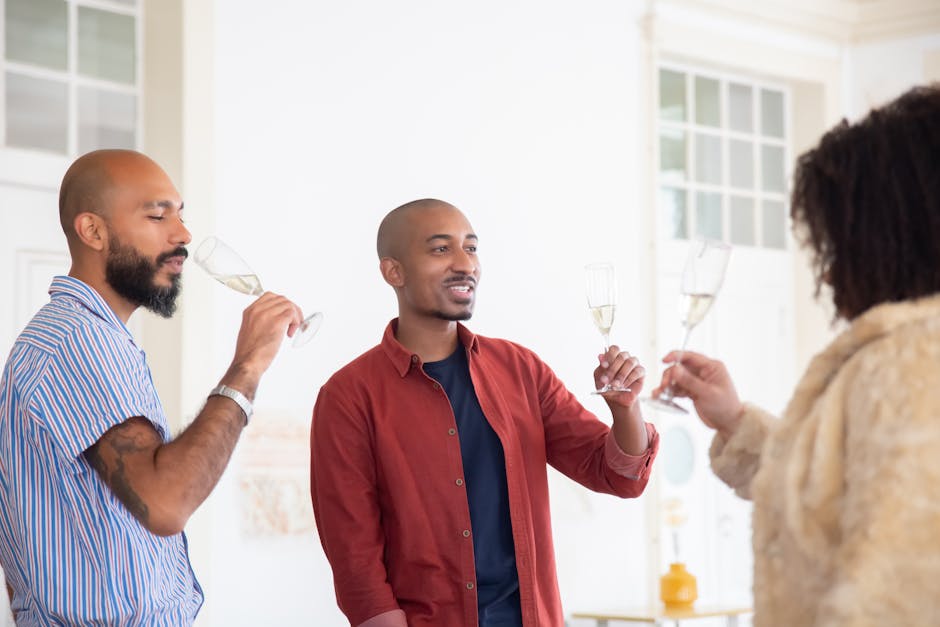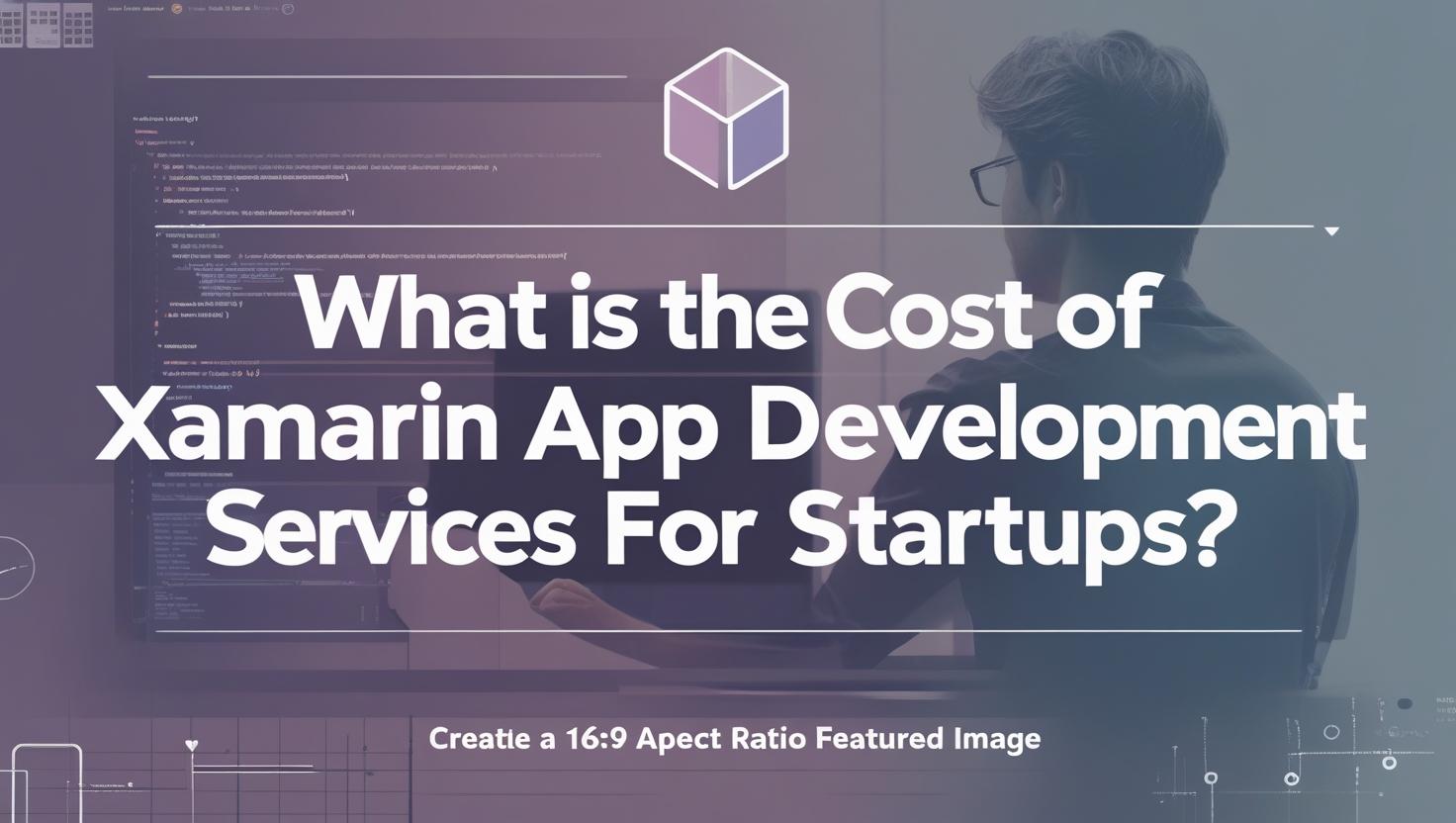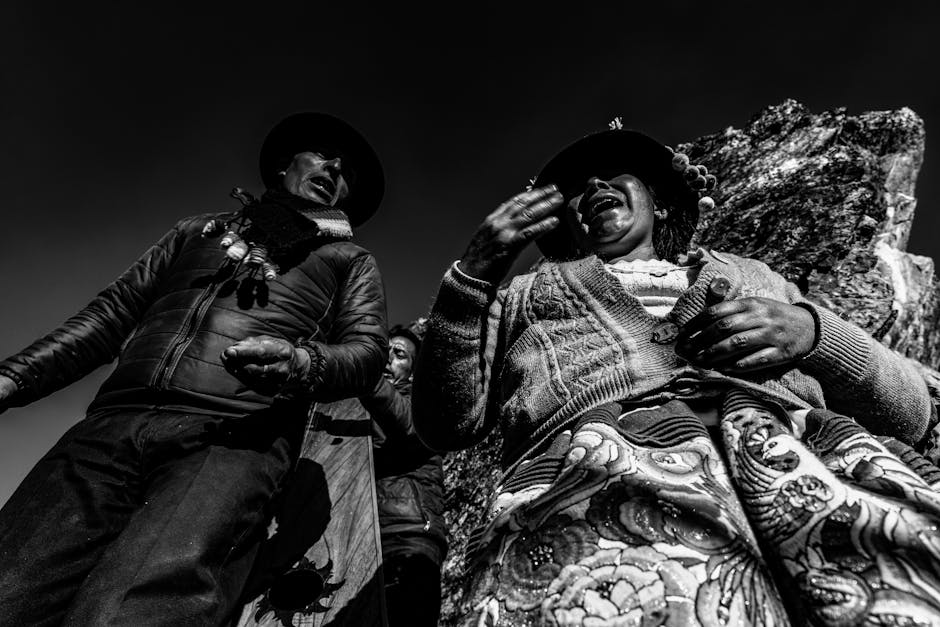So, here we are, already in 2025, and it’s still kinda wild, isn’t it, thinking back to the whole 2024 presidential election stuff? Especially how everything just played out online. It was something else, for sure. You probably remember it all, seeing your feeds just absolutely swamped with political talk, arguments, memes, and frankly, a lot of confusing messages. The internet, you know, became like the main battleground, more than ever before really.
It’s actually pretty wild to think about, how candidates had to completely rethink how they even talk to people. No longer was it just about rallies and TV ads. Those things were still around, obviously, but the real happenings, the stuff that seemed to get everyone going, it was usually online. Social media, in its many forms, it kinda took over.
What happened online during that whole election, it gives us something to chew on. We can generally learn some things, looking back at it now. It felt like everyone, from the candidates themselves to just regular folks, was trying to figure out how to make their point heard. Sometimes it worked, sometimes it definitely did not, it just depended.
It felt like, maybe, sometimes, things got a bit out of hand too. With so much information, or misinformation, flying around at top speed. Trying to tell what was real from what was, well, made up, that was a struggle for many. It was a pretty big part of what made the 2024 election feel so different, on the screens we stare at all the time.
The First Big Splash: How Things Kicked Off Online
Okay, so thinking back to the start, like when the campaigns were really just getting off the ground. Everyone knew social media was going to be a big deal, that much was clear. But the ways they started using it, sometimes it was quite surprising. It wasn’t just old-school politicians trying to seem hip, although there was some of that too.
Candidates, or the folks working for them, they tried to get ahead of everyone else. They tried, you know, to be the first to make a splash online, to get eyeballs. You would see them on all the different sites, trying to figure out which one worked best for whatever message they had that day. It was a constant experiment.
They used video clips, often short ones, for quick messages. And pictures too, of course, just showing what they were up to, maybe with some supporters. It was about making people feel like they were part of something, or at least that the candidate was a real person, not just a picture on a screen. A lot of effort went into that.
The early social media efforts were, you know, kind of a testing ground. They’d put something out, see how people reacted to it, and then change things based on that. It was a fast way to get feedback, good or bad. And the negative stuff, it usually spread even faster, which was a real problem for some campaigns, actually.
The Platform Wars: Where Everyone Hung Out (or Got Mad)
So, during the election, it felt like every social media platform had its own little personality, right? Some places, people went for quick news updates, normally just headlines and a few angry comments. Other sites were more about long-form videos or people just, you know, talking their feelings out for a while.
It was kinda tricky for the campaigns to decide where to focus their energy. They had to be everywhere, pretty much, but also had to tailor their messages for each place. What worked on one site, it would normally fall flat somewhere else. It was a constant balancing act, a lot of work for a lot of people.
Certain platforms became known for certain kinds of content. You’d see a lot of short, punchy political arguments or jokes on one, while another was filled with people trying to share what they thought was the actual truth. It made for a very fragmented kind of public conversation, really. Very separate.
Then there was the whole “community” aspect. Some candidates built pretty dedicated groups of online supporters. These groups, they’d share stuff, defend their candidate, and basically just try to get their message out there as much as possible. It was a pretty grassroots effort, sometimes, even if it felt coordinated.
And the flip side of that, of course, was where all the arguments happened. People just screaming at each other in the comments, you know how it is. That was a big part of the social media experience too, it is, the constant back and forth. It wasn’t always productive but it certainly got attention, a lot of attention.
The Big Talking Points: What Everyone Was Sharing and Believing
It was pretty interesting, watching what kinds of stories or ideas really caught fire online. Sometimes it was something completely unexpected. A small comment made somewhere, it could suddenly become the biggest thing everyone was talking about for a day or two. That’s just how the internet works, usually.
The campaigns, they got pretty good at trying to predict what would stick. They tried to create content that people would want to share, things that would make their friends stop scrolling. Emotional appeals, funny stuff, or things that made you feel really angry or really hopeful, those generally did the trick.
But then there was the whole misinformation thing. That was a truly massive part of it, wasn’t it? Things that weren’t quite true, or were completely made up, they traveled so fast. It became a real challenge for everyone, trying to figure out what was real. And it probably changed some people’s minds, actually.
People were, you know, constantly sharing what they thought was important. Whether it was a news article, a meme, or just a screenshot of a controversial tweet. The sheer volume of it all, it was sometimes overwhelming. It felt like everyone had their own little media company in their pocket, which is a bit scary.
And the way people consumed information, it changed too. Less reading long articles, more watching short videos. Less thinking critically about sources, sometimes, and more just reacting to what was in front of them. That shift, it is something we all kind of felt, during the entire election process.
The Aftermath, Kinda: What We’re Still Seeing
Even now, in 2025, you can still feel the echoes of the 2024 election online. The way people talk about politics, the types of content that still pop up, it’s all been shaped by what went down last year. It’s not like everything just went back to normal right away, because it didn’t.
A lot of the divisions, they’re still there, very present in online discussions. People still tend to stick to their own groups, their own online bubbles, you know. That’s a common thing that seemed to be made worse by how the election played out on social media. It reinforced a lot of what was already there.
The strategies used by campaigns, they’re probably being looked at right now by, like, every political team out there. What worked, what flopped, what made people laugh or cry. They’re all trying to figure out what to do next time, so this isn’t going away. It’s just the new normal, maybe.
And for us, the regular users, it’s about being more aware of what we see. Knowing that not everything online is what it seems, that’s a lesson many of us had to learn pretty quickly. It’s probably a good thing to remember, going forward, how easily things can be twisted or misrepresented. It really is.
So, the 2024 election on social media, it’s not just a thing that happened and now it’s over. It’s something that kind of shifted the ground under our feet a bit. It’s a part of how we communicate about important things now, for better or worse. And we’re still figuring out, honestly, how to navigate all of it.
Looking Forward: Is This Just How It Is Now?
So, yeah, looking ahead, it feels like this is just the way things are now for big elections, doesn’t it? The social media part of it, it’s just, like, baked in. Campaigns will keep trying new platforms, new ways to get their message out, and probably new ways to try and catch people’s attention.
The platforms themselves, they’ll probably keep changing too. Maybe adding new features, or trying to crack down on some of the stuff that caused so much trouble last year. But it’s a big job, trying to control everything that happens when millions of people are all talking at once, that’s generally hard.
For regular people, it means we’re all going to have to be a bit smarter about how we use social media for political stuff. Being able to tell the difference between a real source and, like, a random person making stuff up. That skill, it is something that is pretty useful. It’s a skill everyone needs, maybe.
The constant online conversations, the debates, the memes, it’s all part of the modern political scene now. The 2024 election showed us that pretty clearly. It showed us the power of these platforms, both the good things they can do and the not-so-good things. A lot to think about, really.
It’s a strange new world for politics, and social media is at the heart of it. We all just sort of have to, you know, get used to it. And try to make the best of it, maybe, as we go along. Because it’s not going anywhere, and probably will just get even more, like, everywhere, for the next big election coming up.
—
FAQ: 2024 Presidential Election in Social Media
Q1: What were the main social media platforms used in the 2024 election?
A1: Candidates and their teams normally used a bunch of them, like X (Twitter before), Facebook, Instagram, and TikTok, quite a bit. YouTube was also big for longer videos and speeches. Each one had its own way of being used.
Q2: Did misinformation play a big part in the 2024 social media election?
A2: Yes, it definitely did. Stories that weren’t totally true, or completely made-up stuff, they generally spread really fast. It was a constant problem, making it hard for people to figure out what was really going on.
Q3: How did campaigns try to get people involved through social media?
A3: They generally tried to make content that people would want to share. This included things like emotional videos, funny pictures, or sometimes just direct calls to action. They also tried to build online communities around their candidates.
Q4: What was the biggest change in how social media was used in 2024 compared to previous elections?
A4: It felt like social media became even more of the main stage than ever before. It wasn’t just a side thing; it was where a lot of the actual campaigning and public opinion shaping happened. The sheer volume was different.
Q5: What lessons can we take from the 2024 election’s social media presence?
A5: One big lesson is that everyone needs to be more careful about what they believe online. Also, campaigns need to be super quick to react to things, both good and bad. It showed us the need for, like, critical thinking.




